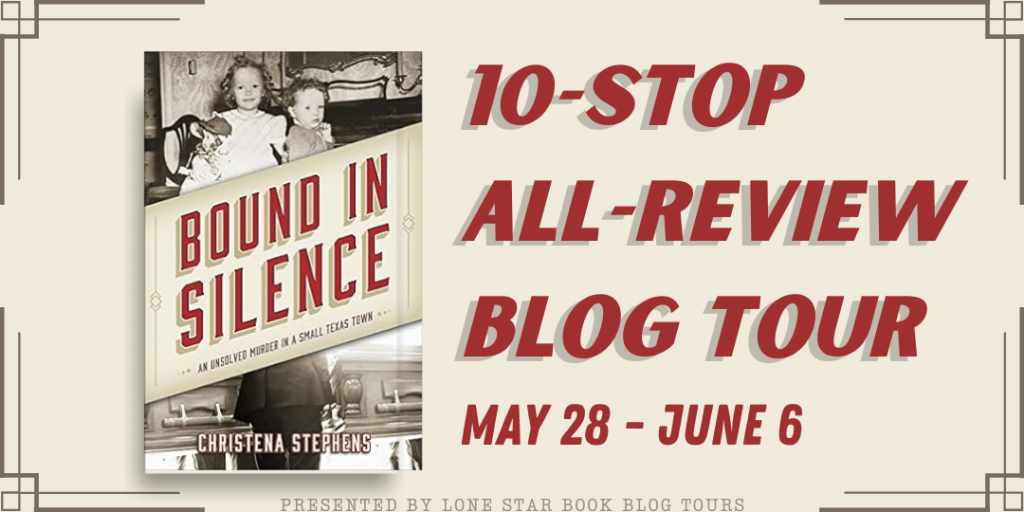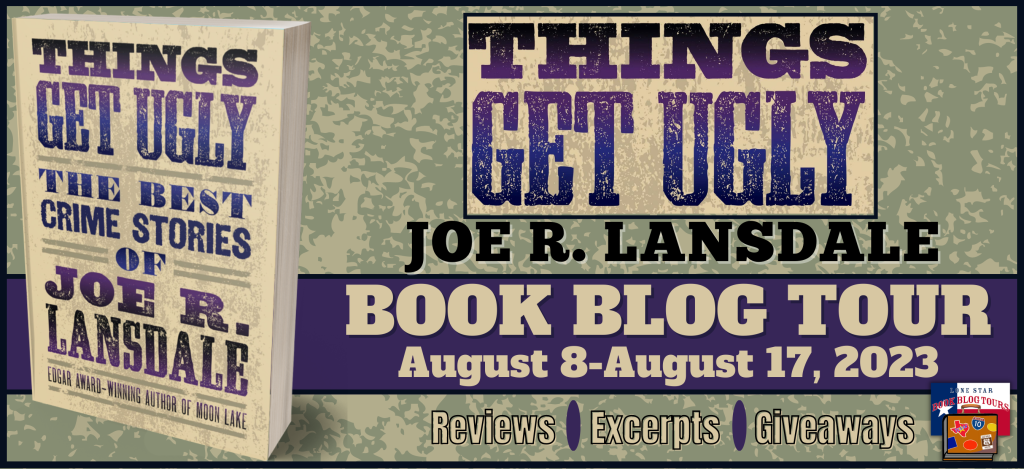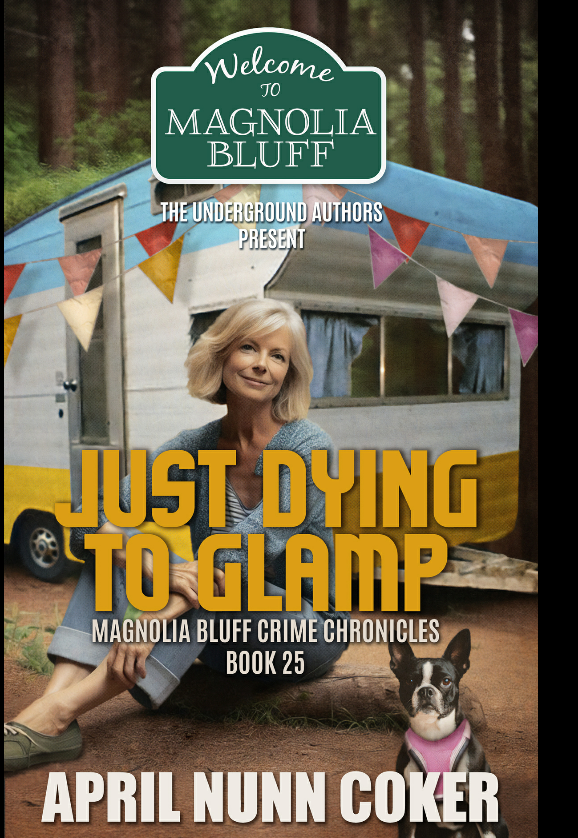

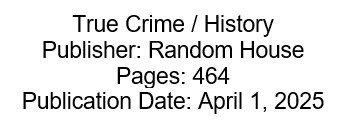
SYNOPSIS
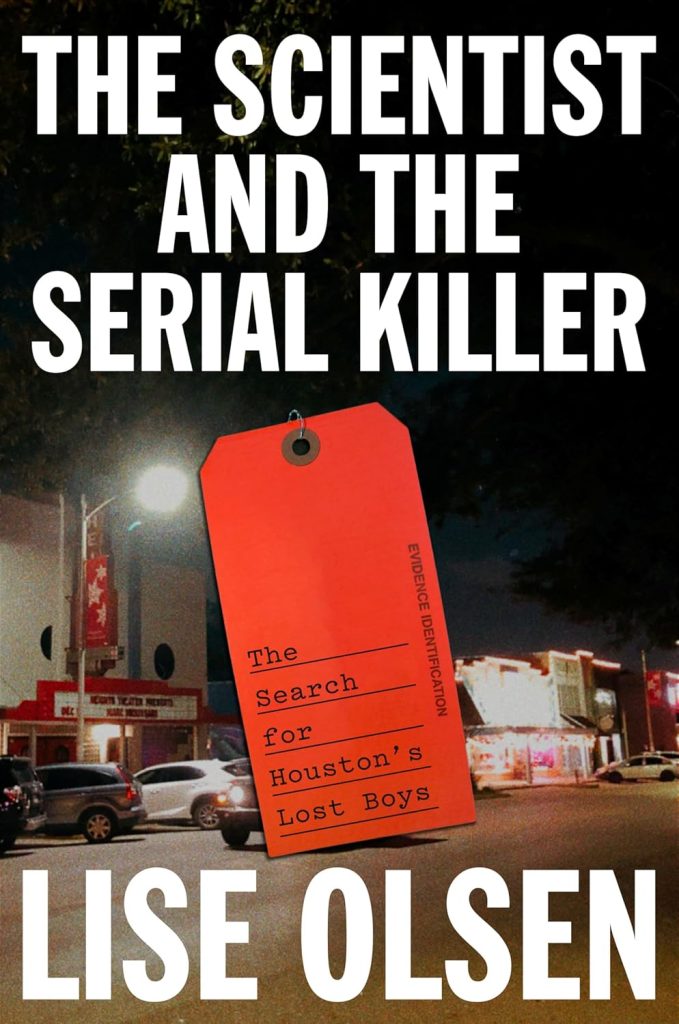
The Scientist and the Serial Killer is the gripping, upside-down detective story of a Texas forensic anthropologist named Sharon Derrick, who, determined to close the cases of the notorious 1970s Houston-area serial killer Dean Corll, painstakingly deploys the latest science to identify victims who had become known as the Lost Boys of Houston. This is an unforgettable narrative of forensic science, missing persons, and unsolved crimes by award-winning investigative journalist Lise Olsen.
CLICK TO PURCHASE
Amazon | B&N | Bookshop.org


ABOUT THE AUTHOR

Lise Olsen is a senior investigative reporter and editor whose work has appeared in the Texas Observer, Inside Climate News, and the Houston Chronicle, as well as in documentaries on Netflix, CNN, A&E, and Paramount+.
WEBSITE ◆ INSTAGRAM ◆ X/TWITTER
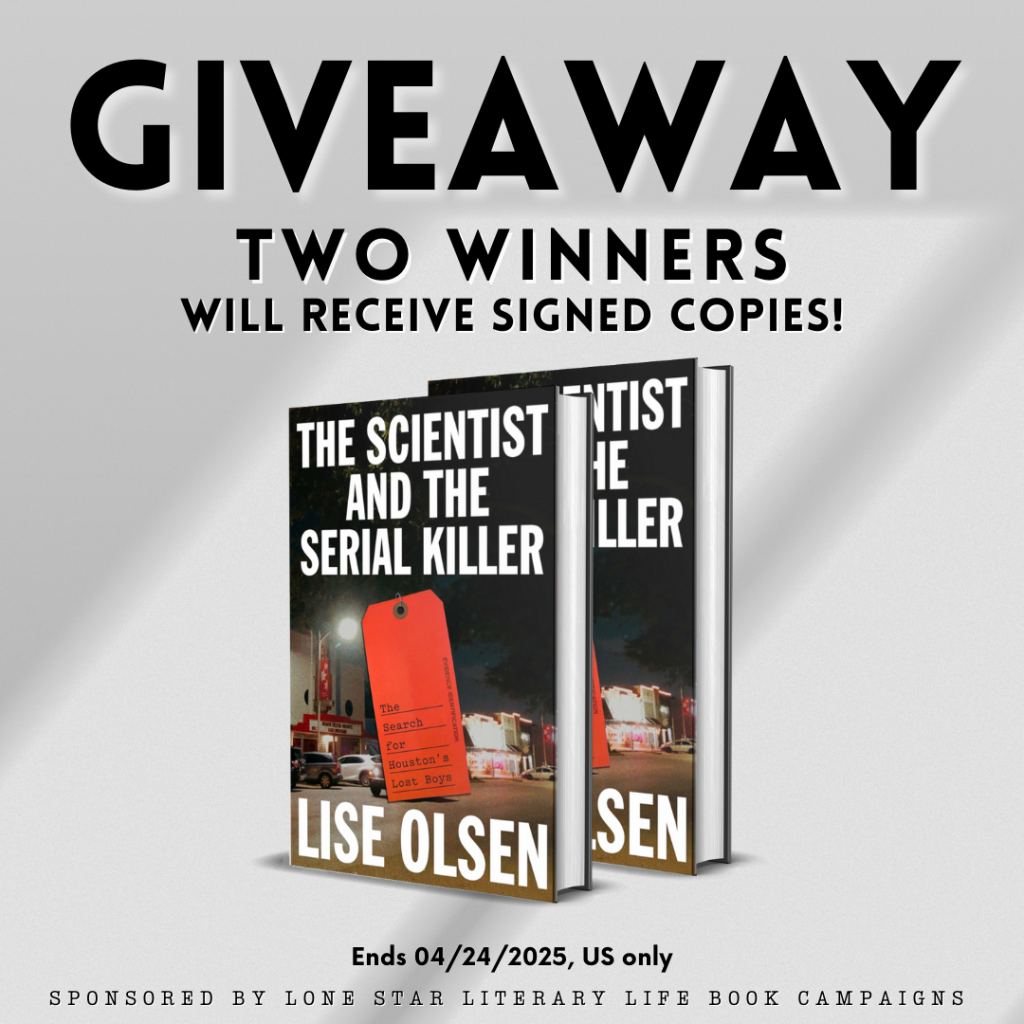
REVIEW

“The Scientist and the Serial Killer,” authored by Lise Olsen, provides details on the years spent by Dr. Sharon Derrick to identify victims of Dean Arnold Corll, a serial killer active in the early 1970s. He, along with two teenage accomplices, abducted and murdered at least 29 boys in Texas. The hours of research are evident in the details of the victims, the communities, the families, and Derrick’s modern-day work in forensic anthropology. Derrick attempts to match unidentified remains with a name for their families. Limited technology, social norms, and overwhelmed law enforcement at the time of the murders contributed to decades before the resolution of some of the identities in this horrific event.
Lise Olsen underscores the obstacles Derrick faced, including the handling of missing person reports and the lack of attention given to the string of disappearances in Houston. The narrative emphasizes the emotional weight of each identification, presenting the lives of the victims and their families. The True Crime non-fiction showcases advancements in forensic science over the decades, which helps readers unfamiliar with the field. Moments of harsh reality, Derrick’s dedication uncovered brought closure to some families and serves as a testament to the persistence required in the pursuit of justice for Corll’s victims.
The narrator, Hillary Huber, delivered a precise rendition. The pacing was as perfect as the intonations during some investigative conversations. Coril, known as The Candy Man, a monster, was revealed as each layer of investigation unfolded, the three years of his killing spree. Listening to the facts may be easier for some fans of True Crime than reading.
The thirty years needed to tell the tale of “The Scientist and the Serial Killer” illustrate many mistakes in handling the victims’ deaths. Recommended to fans of true crime, who will be fascinated by the changes in forensic science, law enforcement procedures, and national databases that facilitate solving serial crimes today.
To learn more about the book, look for #LSLLTheScientistAndTheSerialKiller on your preferred social media platform.



